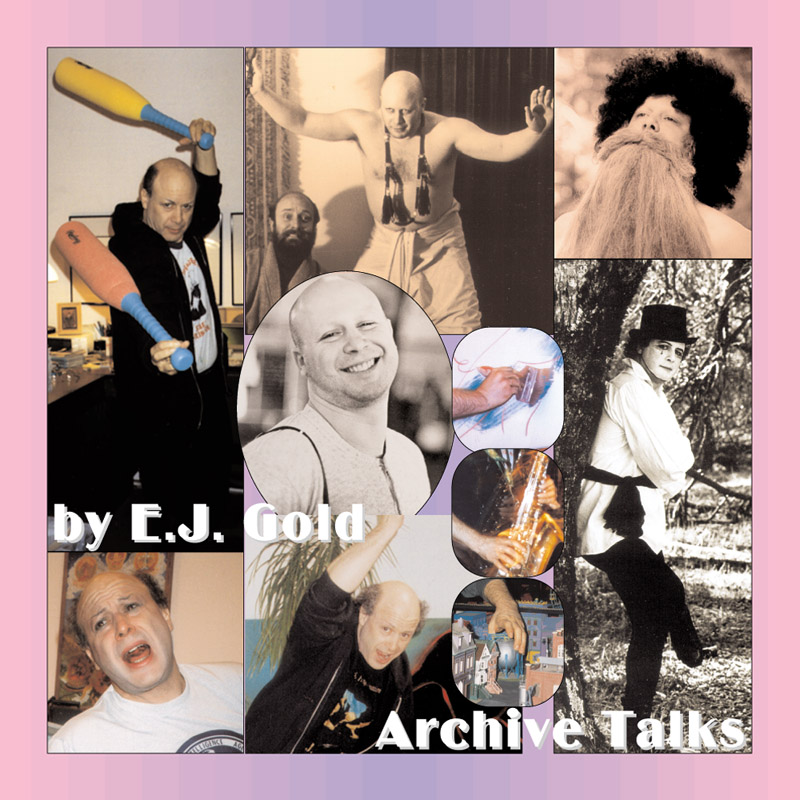

CDT338
How to Throw Your Voice, Fun at Parties
Synopsis
The talk explores ventriloquism, voice manipulation, and the animation of inanimate objects to create lifelike personas. Through humor, anecdotes, and audience participation, the speaker demonstrates principles of vocal control, character development, and audience engagement. Themes include identity, performance technique, and the metaphysical concept of objects having consciousness.
Summary
The speaker leads a free-flowing discussion about ventriloquism, voice dynamics, and theatrical performance. He emphasizes how ventriloquism is not about "throwing the voice" but rather "audio midwifery," helping an audience perceive a separate persona. The talk includes practical demonstrations with puppets and improvisational dialogues, reinforcing vocal pitch contrast as a key to believability. The speaker discusses the history of comedic duos following similar vocal dynamics, highlights the importance of body control for public speakers, and links the concept of animating objects to ancient and spiritual traditions. Techniques such as frequency matching, mouth control, and audience misdirection are explored alongside anecdotes about performance mishaps and the interplay of perception and reality. The session concludes with a comedic demonstration involving a trained flea circus, underscoring the illusionary nature of performance and the willingness of the audience to suspend disbelief.
Keywords & Key Phrases
- Audio midwifery
- Vocal misdirection
- Frequency matching
- Pitch contrast
- Character believability
- Theatrical stillness
- Performance illusion
- Finger puppetry energy
- Remedial attention
- Animating inanimate objects
- Choreographed spontaneity
- Ebb and flow of speech
- Audience perception theory
- Magic trick as narrative device
- Suspended disbelief techniques
- Theater discipline in ventriloquism
- Comedic tonal shifts
- Improvisational unpredictability
- Stage engagement mechanics
- Stock character voice contrasts
Graphic Prompt
A dimly lit, vintage theater stage with a lone ventriloquist and his puppet bathed in warm spotlight. The puppet appears whispering into the performer's ear, with its shadow stretching larger than life against an ornate red curtain. In the foreground, silhouetted audience members lean forward, drawn into the eerie realism of the scene. The ambiance is dramatic, with a mix of theatrical mystique and playful surrealism, evoking both classic vaudeville and a slight sense of the supernatural.



